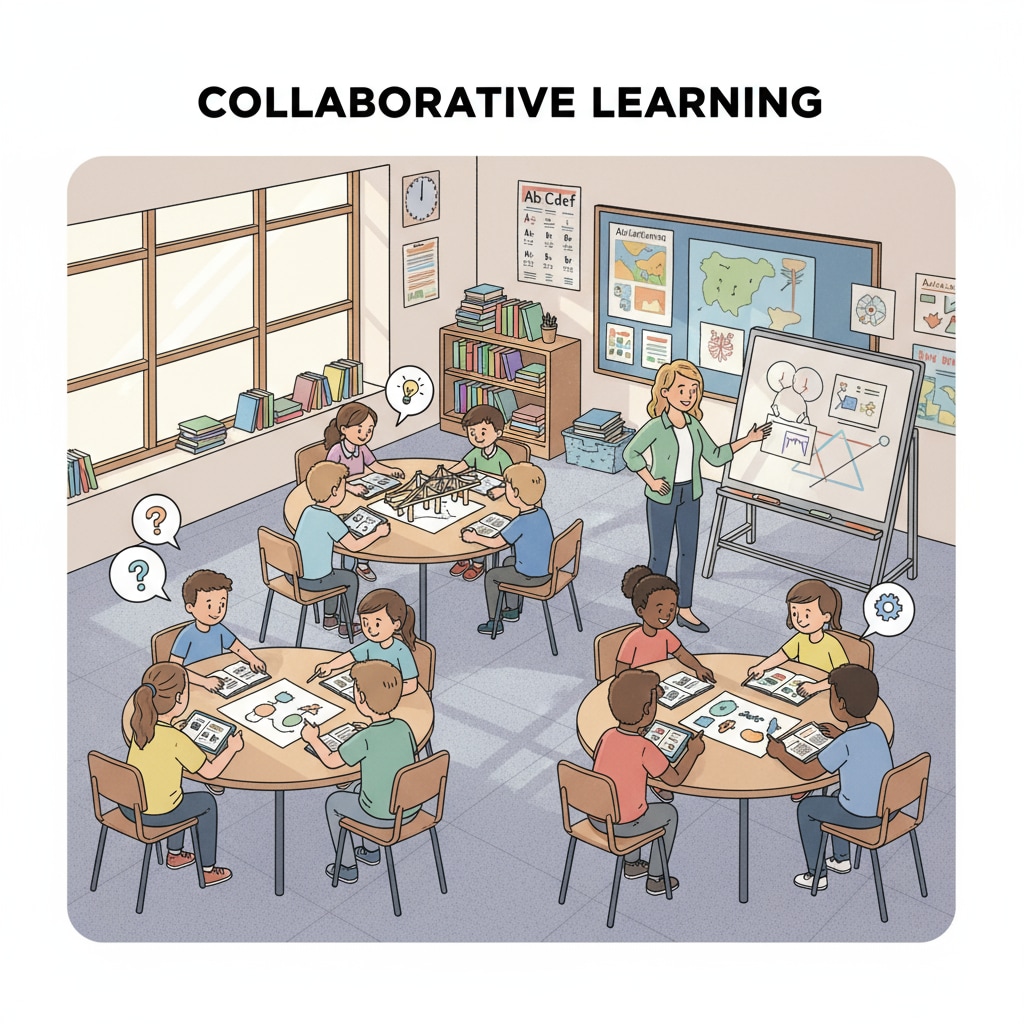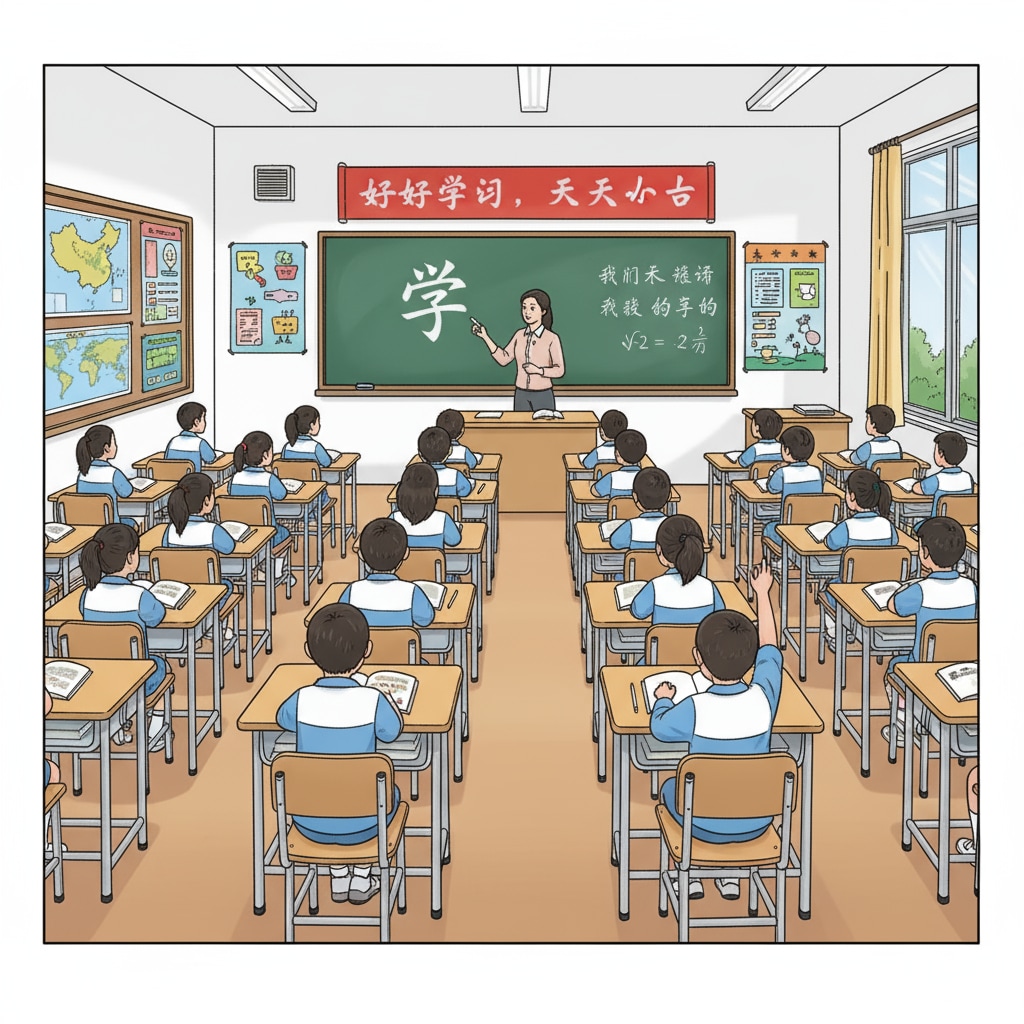The education systems in the United States and China, especially in the K12 (Kindergarten through 12th grade) stage, have distinct characteristics that greatly influence students’ learning experiences and future development. This article will compare the two systems in terms of teaching concepts, curriculum design, and assessment methods, while also discussing the associated learning pressure.

Teaching Philosophies: Nurturing Different Skill Sets
In the United States, the education system often emphasizes cultivating students’ creativity, critical thinking, and independent learning abilities. Teachers encourage students to express their opinions freely, ask questions, and explore various ideas. For example, in a science class, students may be given the task of designing and conducting their own experiments. This hands – on approach helps them develop problem – solving skills. On the other hand, the Chinese education system places a strong emphasis on fundamental knowledge acquisition and rote learning at the early stages. The goal is to ensure that students have a solid foundation in subjects like mathematics, language, and science. This is evident in the extensive use of textbooks and repetitive exercises. According to Wikipedia’s Education in the United States page, the US approach aims to prepare students for a diverse and dynamic society, while the Chinese system, as described on Wikipedia’s Education in China page, focuses on building a strong academic base for further studies.

Curriculum Design: Breadth vs. Depth
The US K12 curriculum offers a wide range of courses to expose students to different fields. Besides core subjects like English, math, and science, students can choose from electives such as art, music, and physical education. This broad curriculum aims to develop well – rounded individuals. In contrast, the Chinese K12 curriculum is more focused on core academic subjects, especially in the later years of middle and high school. The curriculum for science – oriented students, for example, may include in – depth study of physics, chemistry, and biology. This depth – focused curriculum prepares students for highly competitive college entrance exams. In addition, the Chinese system also includes moral education and national language courses to strengthen students’ cultural identity.
Assessment Methods: A Different Yardstick
In the US, assessment is often a comprehensive process that includes multiple components. Grades are determined by a combination of in – class participation, assignments, projects, and tests. This approach encourages students to be actively involved in the learning process. Standardized tests, such as the SAT or ACT, are used for college admissions but are not the sole determinant. In China, the college entrance examination (Gaokao) is the most crucial assessment for high school students. The Gaokao is a high – stakes exam that heavily influences a student’s college choices. As a result, students face significant learning pressure as they prepare for this single, all – important test. However, in recent years, China has also been making efforts to diversify the assessment system, including considering students’ performance in high school and extracurricular activities.
Readability guidance: As we can see, the US and Chinese K12 education systems have their own merits. The US system fosters creativity and a broad range of skills, while the Chinese system builds a strong academic foundation. Understanding these differences can help educators and parents better support students’ growth. Each system has its own way of dealing with learning pressure, and both are constantly evolving to meet the needs of modern society.


